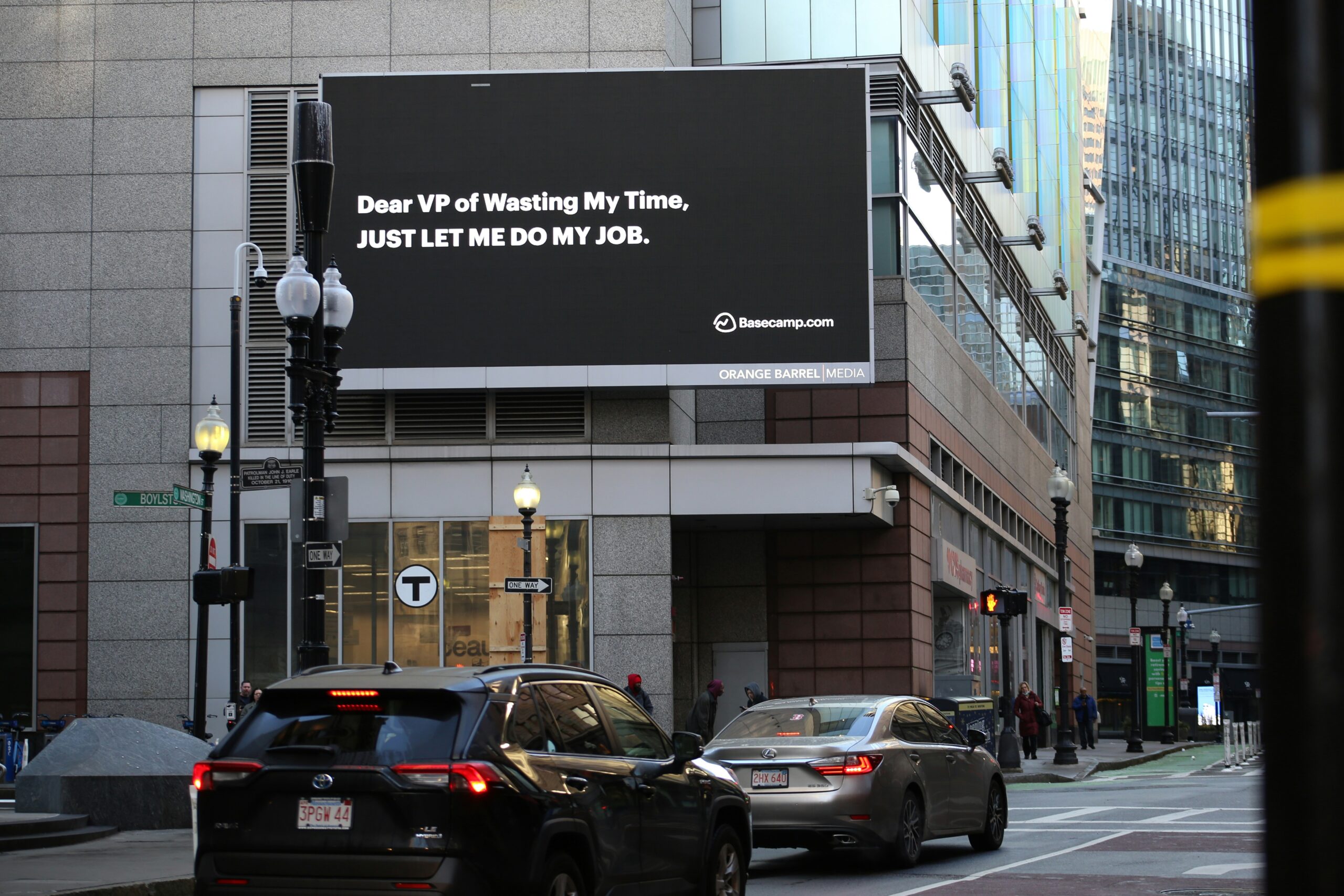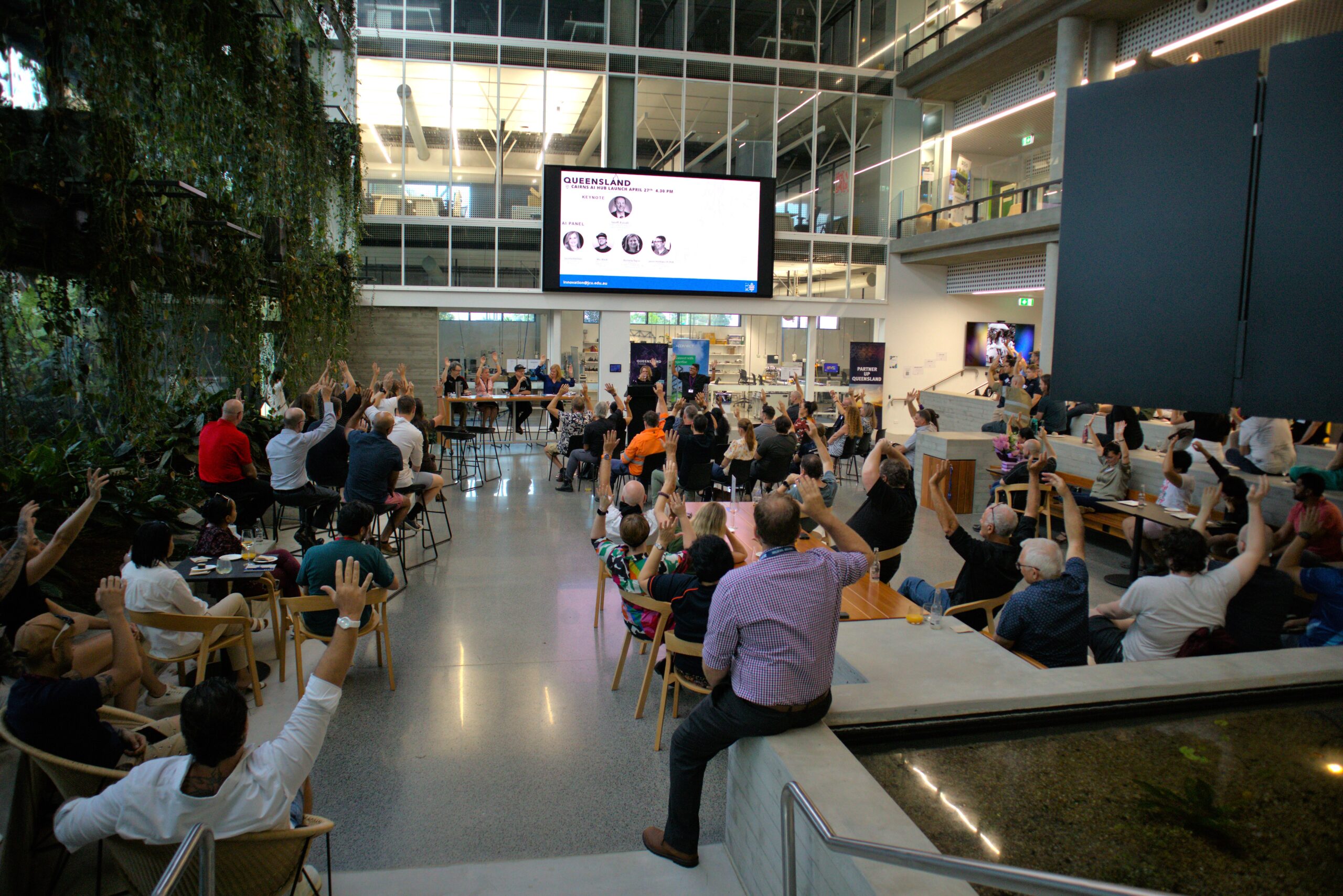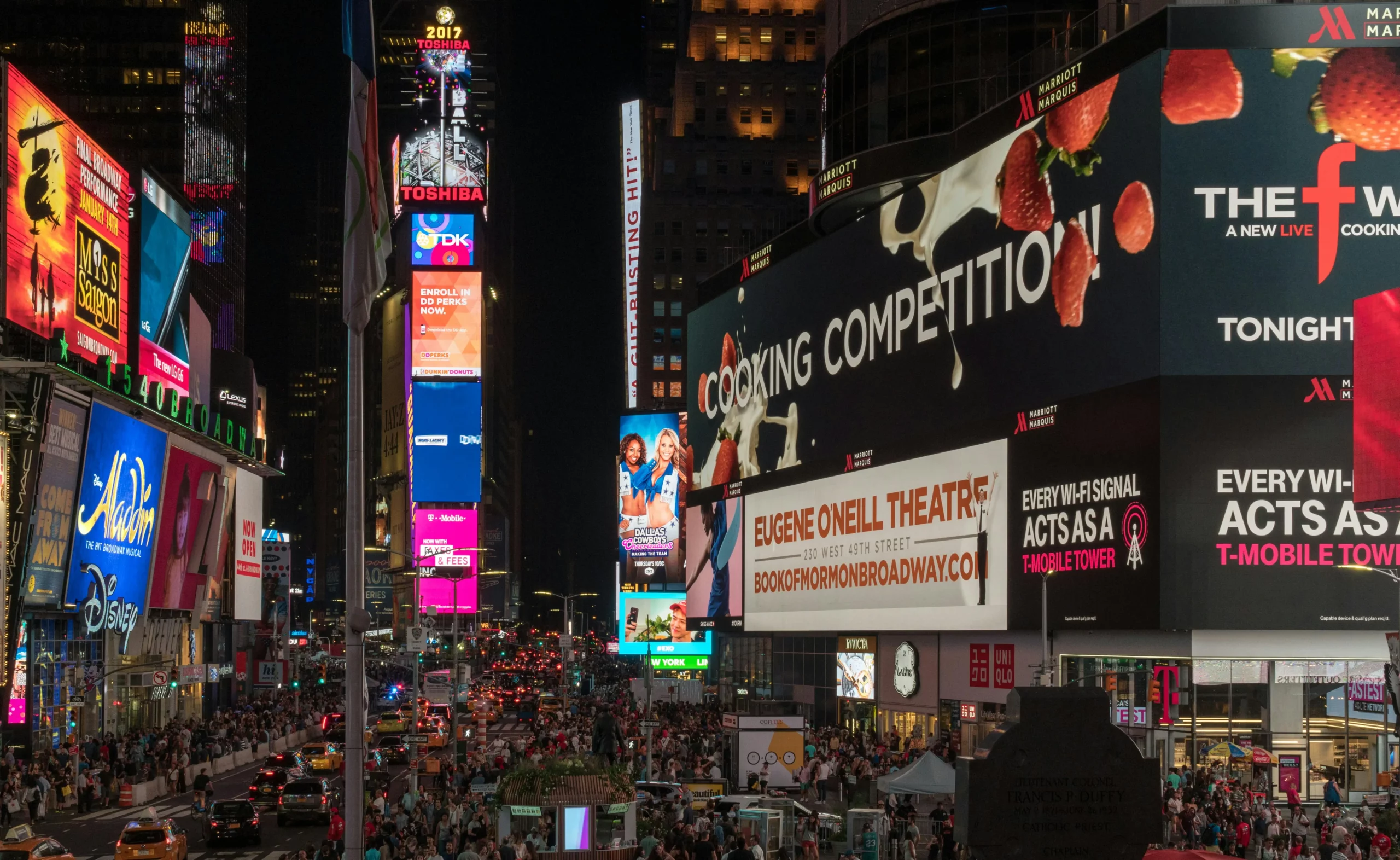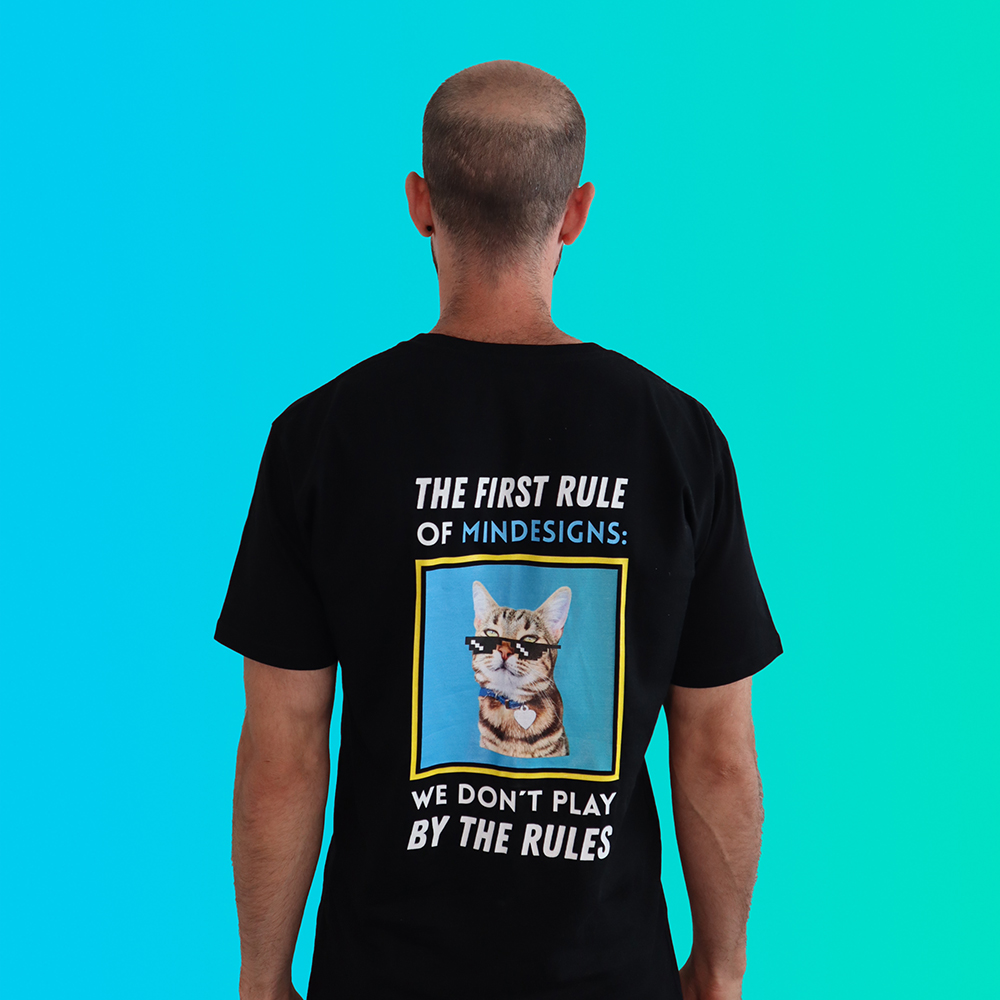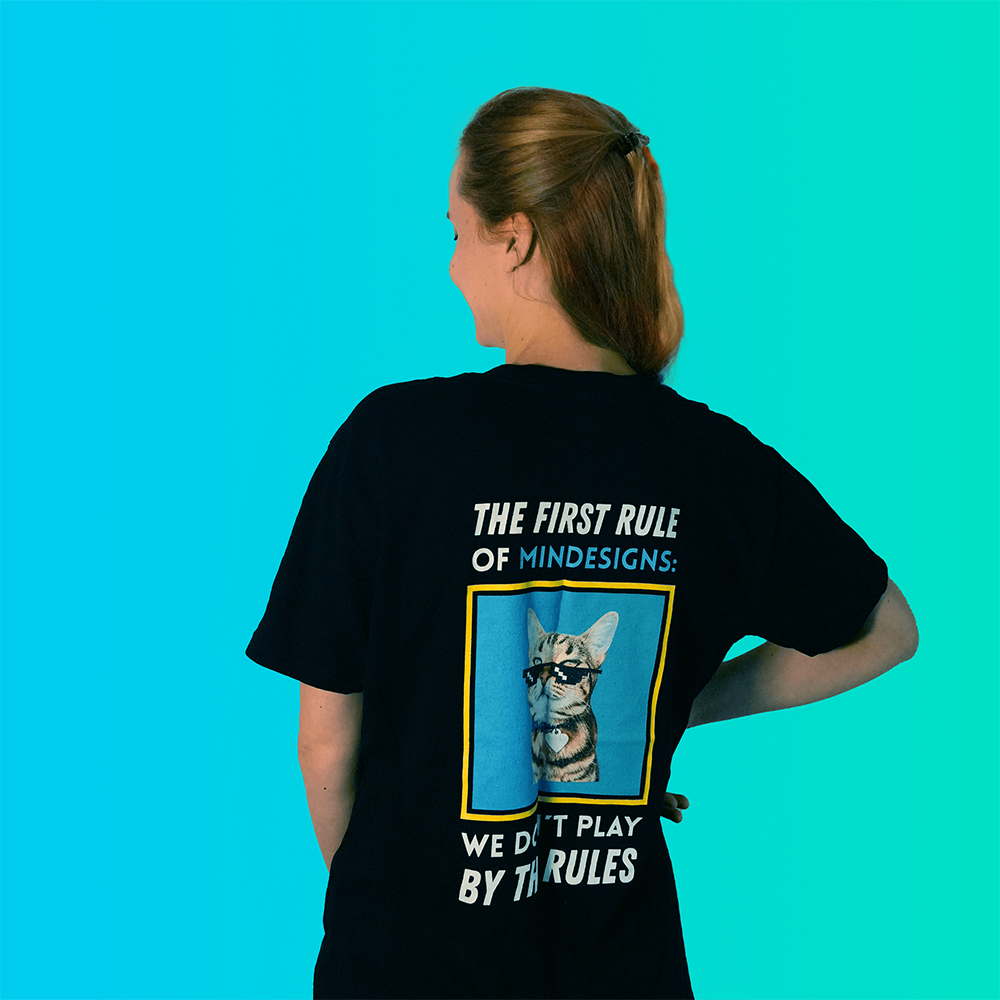Gone are the days when a poster in a shopfront or a stack of brochures on the counter were enough to get attention. In today’s fast-moving world, where people are bombarded with content every second, static displays just don’t cut it anymore. The way we showcase products, offers, and brand messages has completely transformed.
Modern displays are dynamic, digital, and designed to connect instantly, much better than before. Whether it’s a screen at a retail entrance or a digital sign on the street, smart displays are now essential tools for standing out and driving customer action. Therefore, we need to mix things up.
Which Displays for Advertising Best Fit Your Goals? A Strategic Look by Business Type
Choosing the right advertising displays goes beyond deciding between indoor or outdoor placements. The real impact comes from aligning your display strategy with how your audience engages with your brand. Both in the physical world and online. The most effective businesses blend traditional formats with smart digital enhancements to create high-impact experiences. Here’s how it’s done across industries:
Restaurants, Cafés, and Takeaway Shops
These businesses thrive on impulse and visibility. High-footfall areas call for a mix of eye-catching outdoor signage like A-frames and window decals, paired with digital menu boards near entrances that can be updated in real time. Smart operators also use bus shelter ads timed to peak meal hours. Inside, digital displays promote specials, encourage social sharing, and spotlight positive reviews to build trust and repeat visits.
Corporate Offices and Professional Services
Digital displays have become one of the most powerful yet underused tools for shaping how people experience your brand. At James Cook University’s IDEAS Lab in Cairns, a single large screen is helping bring the space to life. Positioned in a high-traffic area, it showcases upcoming events, highlights student-led innovations, and celebrates research breakthroughs. With support from our design team at Mindesigns, tailored video content we create transforms the display into a storytelling tool that inspired collaboration and reinforced the Lab’s identity as a centre for innovation.
This kind of impact isn’t limited to universities. In any reception area, digital displays can build instant trust by featuring real testimonials, awards, or service offerings. Inside your organisation, they can strengthen culture and keep teams aligned. And externally, digital boards placed near key business hubs can quietly build awareness among decision-makers. When done right, digital signage doesn’t just share messages—it brings your brand story into the spotlight.
Real Estate Agencies
Real estate relies heavily on hyper-local trust and recognition. Strategically placed billboards, bus stop posters, and transit shelter displays in target suburbs create familiarity with your brand. Combine these with digital out-of-home (DOOH) ads and online retargeting for omnipresent exposure. At open homes or community events, branded A-frames and digital tablets displaying property videos or testimonials enhance the client experience and professional image.
Retail Stores and Shopping Centres
Digital displays are redefining how retailers connect with customers in physical spaces. Screens featuring time-sensitive promotions, and product demos not only grab attention but also drive immediate action. Portable modular signage offers the flexibility to adapt to seasonal themes or pop-up events, while smart geotargeted mobile ads can draw in nearby shoppers at just the right moment. When used together, these tools create a seamless blend of physical and digital that elevates the in-store experience and boosts conversions.
At a trade fair in Melbourne, our client, Kangaroo Gifts brought this strategy to life. With eye-catching display designs crafted by our team at Mindesigns, they showcased their most unique and best-selling products in a way that stood out in a busy crowd. The visuals attracted business owners, sparked conversations, and increased both engagement and inquiries. After the event, Mindesigns helped them keep the momentum going with a targeted email campaign, offering personalised product recommendations and exclusive trade fair deals. The result was stronger follow-up, deeper connections, and more sales—all starting with the right display.
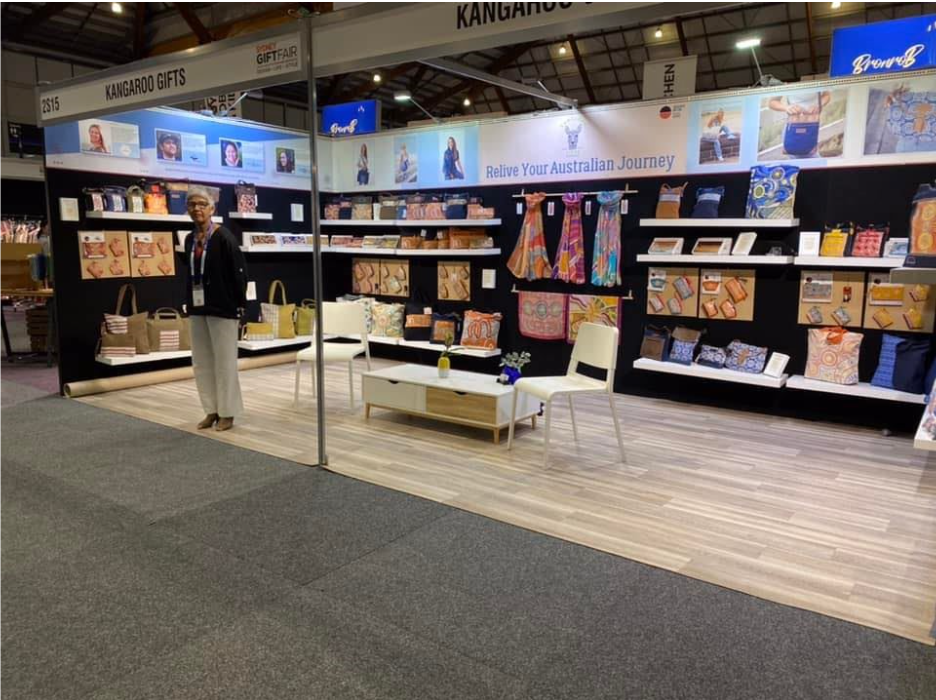
Trade Services and Construction
For tradies, trust and visibility are everything. Vehicle signage, corflute boards on job sites, and local billboards build credibility within neighbourhoods. At trade shows or expos, the most effective companies pair durable pull-up banners with digital displays featuring project case studies, 3D renders, or client feedback. This mix tells a compelling story, balancing rugged reputation with modern professionalism.
Tech and Online Businesses
Even digital-native brands benefit from real-world presence. Digital billboards near coworking hubs, train stations, or tech parks help create physical touchpoints with potential clients. Meanwhile, pairing these efforts with online display ads and geo-retargeting ensures brand recall across multiple channels. At in-person events, interactive touchscreens, digital lead forms, and motion graphics help create engaging and measurable interactions.
Standard and Custom Display Sizes
When choosing displays, size plays a critical role in visibility and effectiveness. And as you would think, the larger the better. The more “real-estate space” you can afford offline and online, the better. Here are some common standard sizes for different types of displays:
| Display Type | Size | Common Dimensions | Description |
| Posters | Small/Medium | Common paper sizes: A0, A1, A2 | Indoor and smaller outdoor displays. A0 is approximately 841 mm x 1,189 mm. |
| Billboards (Print) | Medium | 6 m x 3 m (24 Sheet) | Common roadside billboard. |
| Billboards (Print) | Medium to Large | 3 m x 4.5 m 4 m x 6 m 6 m x 10 m (Portrait) |
Often used in inner-city and retail areas. |
| Billboards (Print) | Large | 12 m x 3 m (Supersite) |
Standard for main arterials and freeways. |
| Billboards (Print) | Large | 19 m x 4.5 m (Spectacular) |
High-impact, large-scale displays. |
| Billboards (Print) | Large | 22.6 m x 2.6 m (Gantry) |
Freeway overpass displays. |
| Billboards (Digital) | Medium | Varied, often mirroring print sizes | Digital billboards often mimic the sizes of standard print billboards. For example, sizes that match 12.7 m x 3.4 m are common. |
| Billboards (Digital) | Industry Standards | 13 m x 7 m 3 m x 11 m 4 m x 15 m 6 m x 18 m |
Standard sizes from a major digital billboard manufacturer. |
| LED Screens | Variable | Modular
customisable |
Sizes vary greatly, built from modular panels. Common panel sizes include 960 mm x 960 mm. Overall, screen dimensions are highly adaptable. |
| LED Screens | Common sizes | 4 m x 3 m 6 m x 4 m 8 m x 6 m 12 m x 8 m |
Common outdoor LED screen dimensions. |
| Kiosks | Small to Medium | Highly variable, dependent on location and purpose | Typical range: 1 m to 2 m height; screen sizes vary. |
| Touchscreen Displays | Small to Medium | Wide range, from tablet-sized
to large format |
Common sizes: 10 inches to 70 inches and over, depending on application. |
How to Create a Successful Marketing Strategy with Advertising Display
Display advertising is about visibility and impact. To get real results, follow a clear process that starts with understanding your audience, tailoring your message to their need and end with a call to action.
Understand Your Dream Customer
Effective ads speak directly to the people you want to attract.
- Define your ideal customer: age, habits, location, goals.
- Choose display locations they already see, like streets, shops, transit, events.
- Tailor your message to their problems, desires, or lifestyle.
To help you with developing a robust customer persona, our Sticky Fix Digital Strategy Template includes a template you can easily follow.
Use the “Hook, Story, Offer” Formula
A display ad should follow the hook, story, offer formula:
- Hook: A striking image or dynamic content that grabs attention immediately.
- Story: A short but engaging message that connects emotionally with the audience.
- Offer: A clear call to action for your audience to take the next step.
This is also applicable to digital billboards that features a compelling video or animation (hook) with a clear message (story) and an exclusive deal (offer).
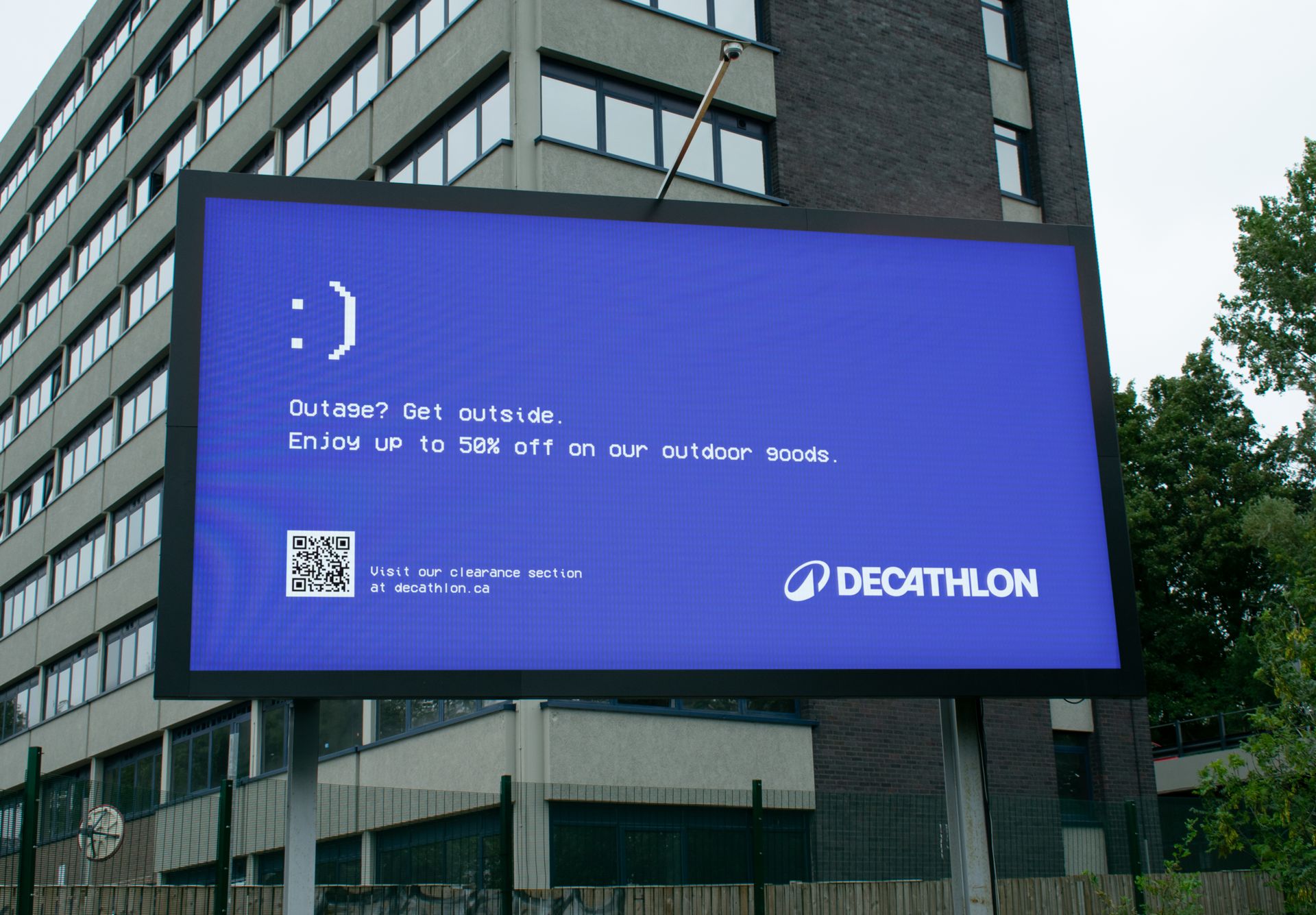
Dos and Don’ts of Display Advertising
Do this:
- Do use irresistible hooks like bold visuals, animations, or interactive elements.
- Do guide customers through a journey with entry-level offers that eventually lead to deeper engagement.
- Do optimise ad placement in high-traffic, high-relevance locations.
- Less is better, try to use less words and a large font so your ad is easy and clear to understand.
This KitKat ad is a great example of effective displays for advertising thanks to its creative simplicity and strong visual hook. By integrating KitKat bars into a mock Zoom schedule, it cleverly represents a much-needed break, perfectly aligning with the tagline, “Have a break, have a KitKat”.
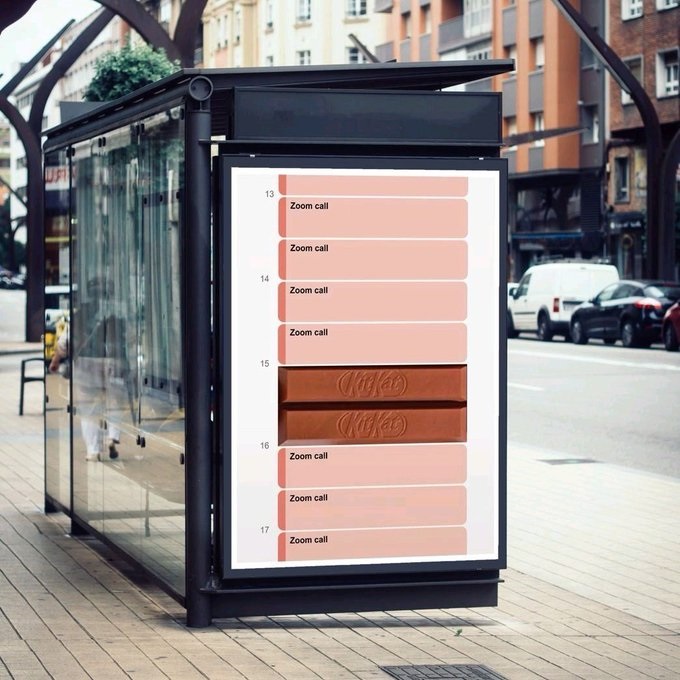
Its strategic placement in a high-traffic area makes it visible and relatable for commuters. The ad taps into remote work fatigue, creating an emotional connection that boosts its impact.
Avoid this:
- Don’t ignore your audience’s psychology. Instead, speak to their desires & pain points.
- Don’t neglect storytelling. Emotional engagement in the form of storytelling increases conversions.
- Don’t use vague copy like “best service in town.”
- Don’t make your ad complex, avoid putting too much information.
- Avoid ads with low contrast or poor readability.
Take for example, this ad from dating app, Bumble:

This Bumble ad misses the mark by ignoring audience psychology and relying on shock value instead of emotional engagement. The provocative message, “A vow of celibacy is not the answer,” may grab attention but lacks relatability or clear benefits, failing to connect with viewers’ desires or pain points. The static, one-dimensional message risks feeling outdated quickly, as it doesn’t dynamically adapt to resonate with evolving audience sentiments.
Bringing Your Displays for Advertising All Together
Displays are about influence. Choosing the right placement, message, and format can shift how people see your brand and what they do next. That’s why every detail matters.
Our agency works with businesses to create displays that don’t just fill space but pull weight. From concept through to execution, our focus is on making your advertising drive results, specifically to achieve a decent return on your costs.
If that’s what you’re after, let’s chat. We’ll put together a quote and a plan that makes sense for where you are and where you want to go.
